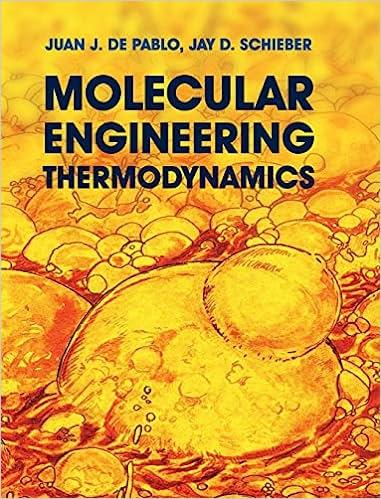Answered step by step
Verified Expert Solution
Question
1 Approved Answer
A protein ligand has 1 0 n M affinity for its binding partner. You mutate a serine residue on the ligand's surface to an aspartic
A protein ligand has affinity for its binding partner. You mutate a serine residue on the ligand's
surface to an aspartic acid, which strengthens the electrostatic interaction with its binding partner by
kca What is the new affinity of the ligand for its binding partner? What assumptions did you make to
determine this affinity, and how will these assumptions impact the result?

Step by Step Solution
There are 3 Steps involved in it
Step: 1

Get Instant Access to Expert-Tailored Solutions
See step-by-step solutions with expert insights and AI powered tools for academic success
Step: 2

Step: 3

Ace Your Homework with AI
Get the answers you need in no time with our AI-driven, step-by-step assistance
Get Started


